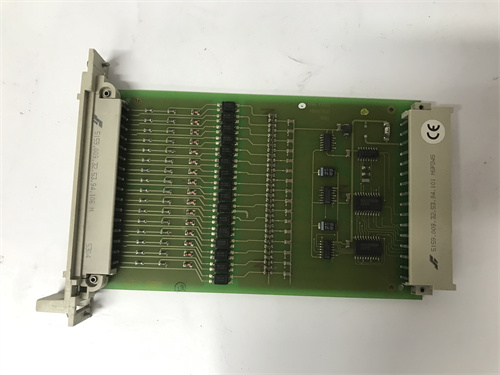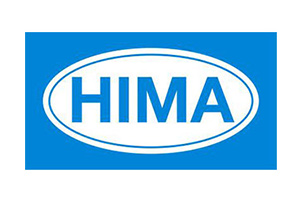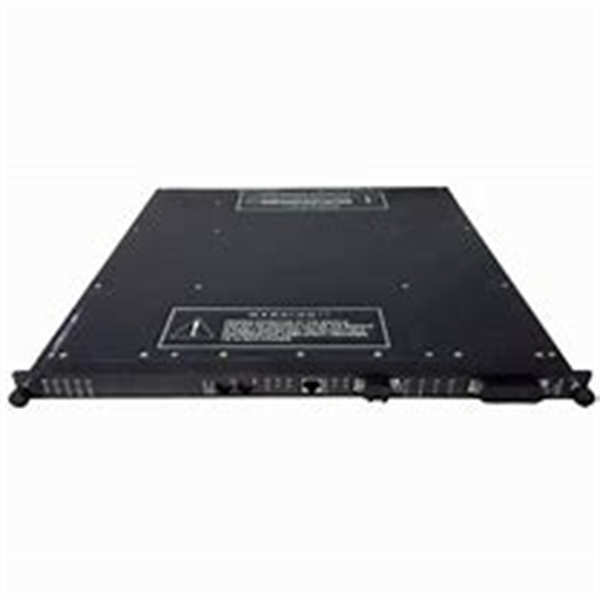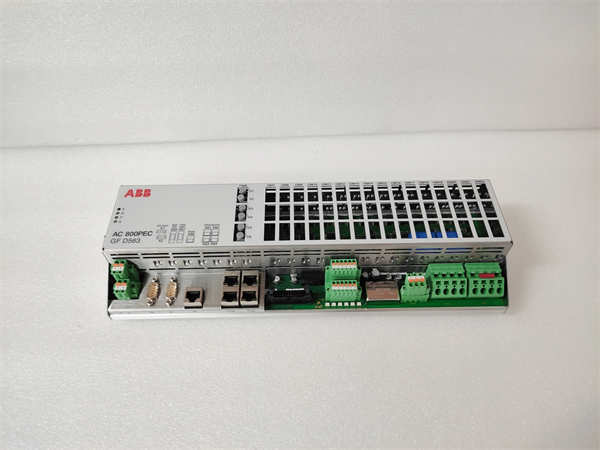描述
HIMA F3221 984322102是一款功能强大的工业自动化软件及硬件集成模块,专为安全系统和通信扩展设计,适用于高可靠性要求的工业场景。以下是其核心功能与技术特点的综合概述:
1.核心功能定位
软件集成框架:
作为轻量级软件包,无需完整GOAL框架即可实现系统模块(SoM)的快速集成,特别适用于低成本或低性能CPU设备(如8位CPU通过SPI接口),支持PROFINET、EtherNetIP、EtherCAT等主流工业协议。
安全I/O模块:
兼具安全输入输出功能,符合SIL 3安全完整性等级,广泛应用于石油化工、电力、交通运输等领域的安全控制系统,用于实时监测与控制以防范事故风险。
2.技术特点
协议灵活性:
支持多协议转换与通信,通过CCM特定示例的重复利用,减少开发成本并加速系统部署。
冗余与容错:
基于HIMA的Nonstop XMR技术,结合诊断功能实现无故障切换,确保系统在单点故障下仍能持续运行。
配置灵活性:
支持用户自定义参数配置,兼容不同硬件平台(如VME总线、PLC控制器),并可通过红外编程器实现远程界面设置。
3.应用领域
工业安全系统:
用于紧急停车、安全门监控、光幕防护等场景,确保人员与设备安全。
分布式控制:
作为通信桥接模块,连接主控系统与远程I/O设备,扩展系统覆盖范围。
机器人与自动化:
支持平板电脑或PC端的编程界面,适用于机器人设置与运动控制系统的快速开发。
4.安全与可靠性
认证标准:
通过TÜV AK6/SIL 3认证,满足IEC 61508等国际安全规范。
抗干扰设计:
具备电磁兼容性(EMC)认证,适用于恶劣工业环境,如高温、高湿或电磁干扰区域。
5.其他特性
扩展能力:
支持与HIMA HIMatrix F35等安全控制器无缝集成,构建分层安全架构。
开发友好性:
提供梯形图、结构化文本等编程语言支持,降低用户开发门槛。
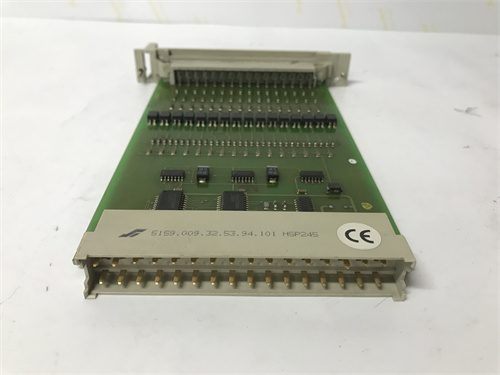
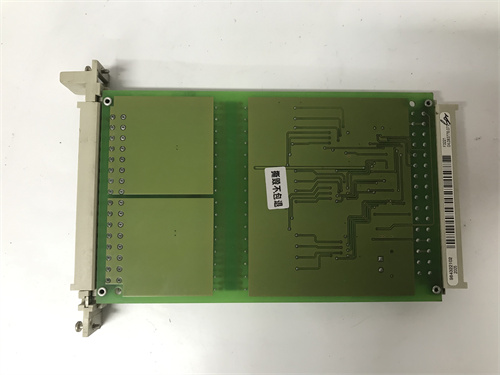
HIMA F3221 984322102 is a powerful industrial automation software and hardware integration module designed for safety system and communication expansion,suitable for industrial scenarios with high reliability requirements.The following is a comprehensive overview of its core functions and technical features:
1.Core Function Positioning
Software Integration Framework:
As a lightweight software package,it can achieve rapid integration of system modules(SoM)without the complete GOAL framework.It is particularly suitable for low-cost or low-performance CPU devices(such as 8-bit CPUs through SPI interfaces)and supports mainstream industrial protocols such as PROFINET,EtherNetIP,and EtherCAT.
Safety I/O Module:
It has both safety input and output functions and meets the SIL 3 safety integrity level.It is widely used in safety control systems in the fields of petrochemical,power,transportation,etc.for real-time monitoring and control to prevent accident risks.
2.Technical Features
Protocol Flexibility:
Supports multi-protocol conversion and communication,and reduces development costs and accelerates system deployment through the reuse of CCM specific examples.
Redundancy and Fault Tolerance:
Based on HIMA’s Nonstop XMR technology,combined with diagnostic functions,trouble-free switching is achieved to ensure that the system can continue to operate under single-point failure.
Configuration Flexibility:
Supports user-defined parameter configuration,compatible with different hardware platforms(such as VME bus,PLC controller),and can realize remote interface settings through infrared programmer.
3.Application Fields
Industrial Safety System:
Used for emergency parking,safety door monitoring,light curtain protection and other scenarios to ensure the safety of personnel and equipment.
Distributed Control:
As a communication bridge module,it connects the main control system and remote I/O devices to expand the system coverage.
Robotics and Automation:
Supports programming interface on tablet or PC,suitable for rapid development of robot settings and motion control systems.
4.Safety and Reliability
Certification Standards:
Through TÜV AK6/SIL 3 certification,it meets international safety standards such as IEC 61508.
Anti-interference design:
With electromagnetic compatibility(EMC)certification,it is suitable for harsh industrial environments,such as high temperature,high humidity or electromagnetic interference areas.
5.Other features
Expandability:
Supports seamless integration with safety controllers such as HIMA HIMatrix F35 to build a layered safety architecture.
Development-friendly:
Provides programming language support such as ladder diagram and structured text to reduce the user development threshold.

